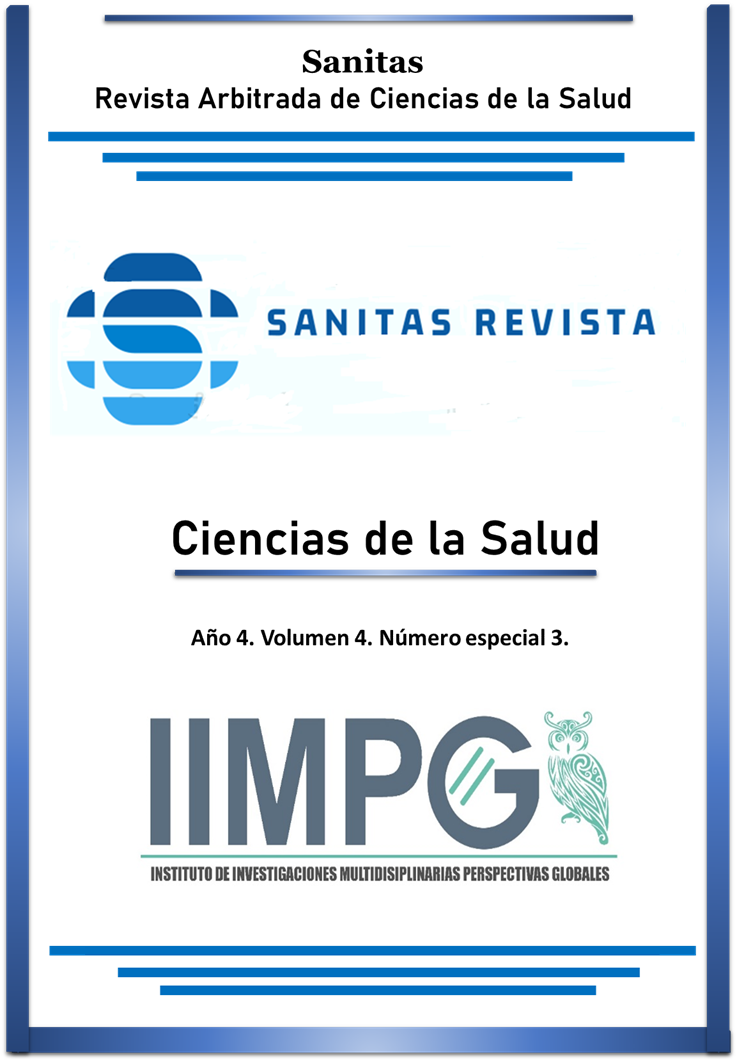Effectiveness of lingual orthodontics versus conventional orthodontics. Systematic review [Eficacia de la ortodoncia lingual vs convencional. Revision sistemática]
DOI:
https://doi.org/10.62574/8q4bhr51Keywords:
orthodontics, orthodontic appliances, malocclusionAbstract
Objective: Compare conventional orthodontics versus lingual orthodontics by analysing effectiveness, treatment time, patient comfort, aesthetics and cost-benefit ratio. Method: Literature review following PRISMA methodology. Sixteen articles from the SCIELO, PubMed, Elsevier, ResearchGate, Redalyc, Dialnet and Dental Update databases were analysed, selected from 70 articles initially identified. Results: Both techniques demonstrated similar efficacy in correcting malocclusions. Lingual orthodontics offers significant aesthetic advantages as it is located on the inner surface of the teeth, making it the preferred option for adult patients. However, it causes greater initial discomfort, difficulties in pronunciation and requires greater experience on the part of the orthodontist. Treatment time may be longer with lingual orthodontics due to technical complexity, although customised CAD/CAM systems have improved biomechanics. Conventional orthodontics remains more affordable, less clinically complex, offers better torque control and less friction. Advances in self-ligating brackets and low-friction systems have optimised both techniques.
Downloads
References
Gonzáles D, Guerrero D. Ortodoncia lingual: su biomecánica y efectividad. Una revisión de la literatura. Digital Publisher [Internet]. 2022. Disponible en: https://www.researchgate.net/publication/361361391_Ortodoncia_lingual_su_biomecanica_y_efectividad_Una_revision_de_la_literatura
Fernández L. La ortodoncia lingual ya no es opcional. Rev Mex Ortod [Internet]. 2015;3:146–7. Disponible en: https://www.medigraphic.com/pdfs/ortodoncia/mo-2015/mo153a.pdf
Shetty V, Vikranth Shetty S, Sarje S, Tandon R, Singh K. Lingual orthodontics - A review. IP Indian J Orthod Dentofacial Res [Internet]. 2020;6(2):44–50. Disponible en: https://pdf.ipinnovative.com/pdf/11363
Ata F, Ata J, Molina M. Adverse effects of lingual and buccal orthodontic techniques: A systematic review and meta-analysis. Am J Orthod Dentofacial Orthop [Internet]. 2016;149(6). Disponible en: https://pubmed.ncbi.nlm.nih.gov/27241992/
Murcia H. Técnica lingual: la verdadera ortodoncia invisible alternativa para casos sencillos. Rev Cient Odontol [Internet]. 2009;5:39–42. Disponible en: https://www.redalyc.org/pdf/3242/324227909008.pdf
Rai A, Rozario J. Comparison of speech performance in labial and lingual orthodontic patients: A prospective study. Dent Res J (Isfahan) [Internet]. 2013; Disponible en: https://pubmed.ncbi.nlm.nih.gov/25540661/
Reisman A. Un sistema para la verificación goniométrica de los remontajes en ortodoncia lingual. Rev ADM [Internet]. 2008 Apr 20 [citado 2025 Feb 3]; Disponible en: https://www.medigraphic.com/pdfs/adm/od-2008/od081d.pdf
Chatoo A. A view from behind: a history of lingual orthodontics. J Orthod [Internet]. 2013;40(sup1):s2–7. Disponible en: https://pubmed.ncbi.nlm.nih.gov/24005946/
Arteche P, Sierra Á. Consideraciones importantes de la ortodoncia con brackets de autoligado versus ligado convencional. Rev Esp Ortod [Internet]. 2015. Disponible en: https://juanfernandoaristizabal.com/pdf/consideracione-importantes-ortodoncia-brackets-autoligado-versus-ligado-convencional.pdf
Souper G, Sat M. Comparación de brackets de autoligado y brackets convencionales basada en la evidencia. Odontoestomatologia [Internet]. 2021;38. Disponible en: http://www.scielo.edu.uy/scielo.php?script=sci_arttext&pid=S1688-93392021000201302
Estupiñán D, Soto L. Técnicas ortodóncicas de arco recto convencionales, técnica de arco recto de baja fricción y densidad ósea en una población adulta cubana. Invest Medicoquir [Internet]. 2018; Disponible en: https://www.medigraphic.com/pdfs/invmed/cmq-2018/cmq182e.pdf
Veloz Moncada GK, Cabrera Padrón MI, Veloz Moncada FS. Comparación de la velocidad de alineación entre la ortodoncia fija lingual versus labial. Revisión de literatura. Anat Digit [Internet]. 2023;6(2.1):107–24. Disponible en: https://dspace.ucacue.edu.ec/items/db8ec8be-6e41-402d-b2ef-754c79a05983/full
Singh P. Lingual orthodontics: An overview. Dent Update [Internet]. 2011 Jul [citado 2025 Feb 3]; Disponible en: https://pubmed.ncbi.nlm.nih.gov/21905352/
Shelton AT, Hodge T, Scott P. Lingual orthodontics – clinical applications and patient information. Dent Update [Internet]. 2018 Feb 2 [citado 2025 Feb 3];45(2):141–8.
Pérez G, Mora I. Avances científico-técnicos en ortodoncia y su impacto social. Rev Conrado [Internet]. 2020; Disponible en: http://www.scielo.sld.cu/scielo.php?script=sci_arttext&pid=S1990-86442020000100039
Malpartida-Pacheco MI, Dulanto-Vargas JA. Comparación del resultado del movimiento dentario ortodóncico usando alineadores versus ortodoncia fija: Una revisión. Rev Cient Odontol [Internet]. 2023;11(2):e154. Disponible en: https://pmc.ncbi.nlm.nih.gov/articles/PMC10809973/
Downloads
Published
Issue
Section
License
Copyright (c) 2025 Brigieth Celeste Calderón-Chugá, Sidney Lorainne Torres-Cabrera, Benavides Morillo Verónica-Viviana (Autor/a)

This work is licensed under a Creative Commons Attribution-NonCommercial-ShareAlike 4.0 International License.
CC BY-NC-SA : Esta licencia permite a los reutilizadores distribuir, remezclar, adaptar y construir sobre el material en cualquier medio o formato solo con fines no comerciales, y solo siempre y cuando se dé la atribución al creador. Si remezcla, adapta o construye sobre el material, debe licenciar el material modificado bajo términos idénticos.









